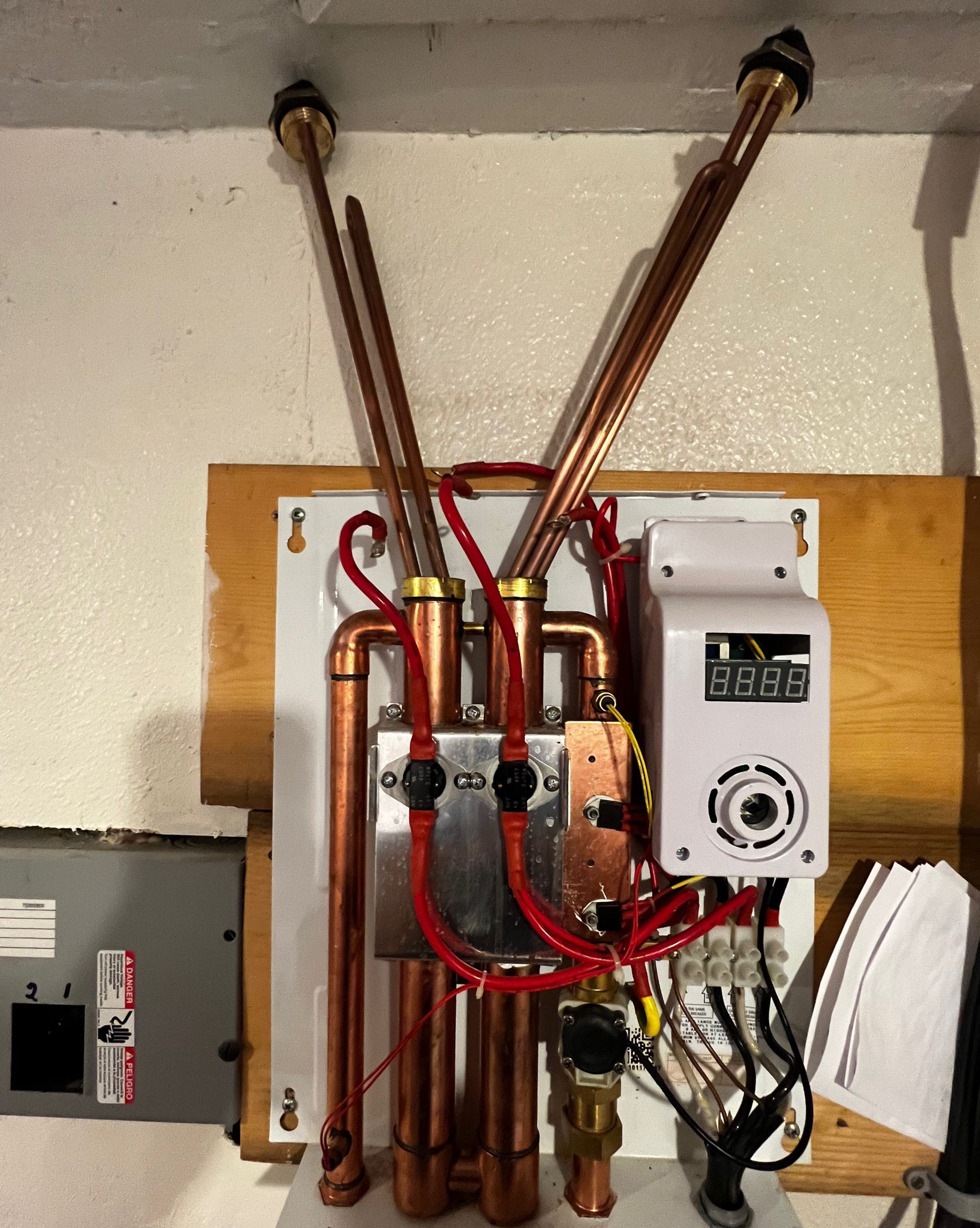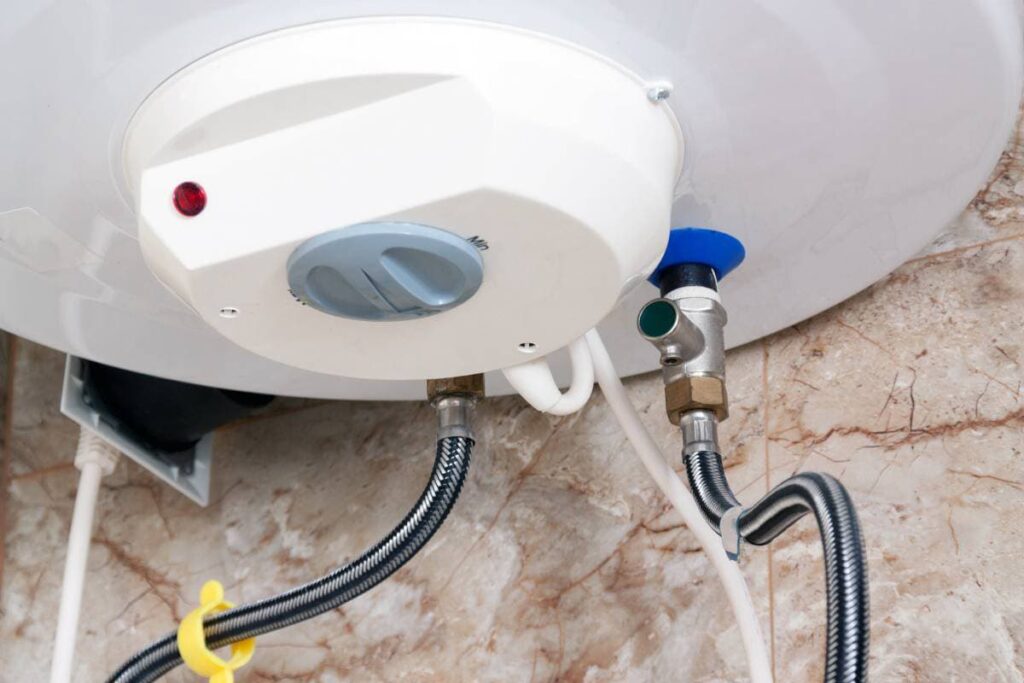What are your thoughts and feelings about Tips For Maintaining Your Hot Water Heater?

Hot water is necessary for day-to-day convenience, whether it's for a revitalizing shower or cleaning dishes. To ensure your hot water system runs effectively and lasts longer, regular maintenance is key. This write-up supplies functional ideas and insights on how to preserve your home's warm water system to stay clear of disturbances and pricey repairs.
Introduction
Maintaining your home's hot water system might seem difficult, however with a few basic actions, you can guarantee it runs efficiently for several years ahead. This overview covers every little thing from recognizing your warm water system to do it yourself upkeep pointers and recognizing when to call in professional help.
Significance of Preserving Your Hot Water System
Regular maintenance not only extends the lifespan of your hot water system yet additionally guarantees it runs successfully. Ignoring upkeep can cause reduced effectiveness, higher energy bills, and also early failing of the system.
Indications Your Hot Water System Needs Maintenance
Knowing when your warm water system needs attention can protect against major issues. Watch out for indications such as irregular water temperature, odd sounds from the heating unit, or corroded water.
Recognizing Your Hot Water System
Prior to diving into maintenance jobs, it's handy to recognize the fundamental components of your warm water system. Typically, this includes the water heater itself, pipelines, anode rods, and temperature level controls.
Monthly Maintenance Tasks
Normal monthly checks can aid catch small problems before they rise.
Purging the Hot Water Heater
Flushing your hot water heater eliminates debris accumulation, boosting effectiveness and lengthening its life.
Checking and Changing Anode Rods
Anode rods protect against corrosion inside the storage tank. Inspecting and changing them when broken is important.
Checking and Readjusting Temperature Setups
Readjusting the temperature settings makes sure optimum performance and safety.
Do It Yourself Tips for Maintenance
You can carry out a number of upkeep tasks yourself to maintain your hot water system in leading condition.
Looking for Leaks
Frequently evaluate pipes and links for leakages, as these can lead to water damages and greater costs.
Testing Stress Relief Valves
Checking the pressure safety valve ensures it works appropriately and avoids too much pressure build-up.
Insulating Pipelines
Insulating warm water pipelines decreases warmth loss and can save power.
When to Call a Specialist
While DIY upkeep is advantageous, some concerns require expert experience.
Complicated Issues Requiring Expert Assistance
Instances consist of significant leaks, electrical issues, or if your water heater is constantly underperforming.
Regular Specialist Upkeep Benefits
Professional maintenance can include extensive examinations, tune-ups, and making sure conformity with safety and security criteria.
Verdict
Normal upkeep of your home's hot water system is essential for efficiency, longevity, and price financial savings. By following these suggestions and understanding when to seek professional assistance, you can make certain a reputable supply of hot water without unforeseen interruptions.
How to Maintain an Instant Hot Water Heater
Before tinkering with your hot water heater, make sure that it’s not powered on. You also have to turn off the main circuit breaker and shut off the main gas line to prevent accidents. Also turn off the water valves connected to your unit to prevent water from flowing into and out of the appliance. 2. When you’re done, you have to detach the purge valves’ caps. These look like the letter “T” and are situated on either side of the water valves. Doing so will release any pressure that has accumulated inside the valves while at the same time avoid hot water from shooting out and burning your skin. 3. When the purge valves’ caps are removed, you have to connect your hosing lines to the valves. Your unit should have come with three hoses but if it didn’t, you can purchase these things from any hardware or home repair shops. You can also get them from retail stores that sell water heating systems. Read the user’s manual and follow it to complete this task properly. When the hosing lines are connected, open the purge port’s valves. 4. You should never use harsh chemical cleaners or solutions when cleaning your unit. Make use of white vinegar instead. It should be undiluted and you’ll probably use about 2 gallons. 5. Now flush your water heater. This task should probably take about 40 minutes. We can’t give you specific directions for this because the procedure is carried out depending on the type, model and brand of your heater. With that being said, refer to the user’s manual. 6. When you’re done draining the unit, you have to turn off the purge port valves again. Remove the hosing lines that you earlier installed on each of the water valves. Put the valve caps (purge port) back in their respective places and be very careful so as not to damage the rubber discs that are found inside these caps. 7. Now that everything’s back in place, check your user’s manual again to find out how to reactivate your water heating system. 8. Once it is working, turn one of your hot water faucets on just to let air pass through the heater’s water supply pipes. Leave the tap on until water flows smoothly out of it. https://www.orrplumbing.com/blog/2014/september/how-to-maintain-an-instant-hot-water-heater/

We were made aware of that editorial about What Kind of Maintenance Do Water Heaters Need? through a buddy on a different web property. Make sure you take the opportunity to distribute this entry if you appreciated it. Many thanks for your time spent reading it.
Book 24/7